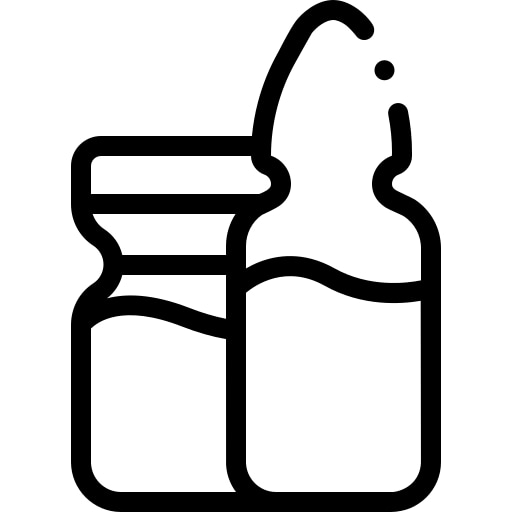POLYMYXIN B sulfate, 500,000IU, powder, vial
Valid Article
POLYMYXIN B
Therapeutic Action
Anti-infective for systemic use
Polymyxin antibiotic
Active against most aerobic Gram-negative bacilli, with the exception of Burkholderiacepacia, Serratia marcescens, Salmonella spp, Shigella spp, Morganella morganii, Proteus spp and Providencia spp and Gram-negative cocci, which are intrinsically resistant.
Indications
Treatment of extensively resistant Gram-negative infections, in combination with other antibiotics, in the following situations:
- Severe infections (excluding UTIs) caused by Carbapenem-Resistant Acinetobacter baumannii (CRAB), in combination with a second antibiotic (preferably ampicillin/sulbactam).
- Last-resort option for non-severe infections (excluding UTIs) caused by CRAB, or other carba-R Acinetobacter spp, in combination with a second antibiotic (preferably ampicillin/sulbactam).
- Non-severe infections (excluding UTIs, skin and soft tissue infections-SSTI) caused by Carbapenem-ResistantEnterobacterales (CRE), in combination with tigecycline or cotrimoxazole.
- Last-resort option for severe infections (excluding UTIs) caused by CRE, in combination with a second antibiotic (preferably tigecycline or cotrimoxazole).
- Non-severe infections (excluding UTIs) caused by Difficult-to-treat Pseudomonas aeruginosa (DTR-P).
- Last-resort option for severe infections (excluding UTIs) caused by DTR-P, preferably in combination with amikacin (if sensitive and if renal function allows).
- Last-resort option of infections caused by Stenotrophomonas maltophilia, when failure or resistance to other drugs after specialist consultation.
Instructions for use
For adults, dissolve the powder vial in 200 to 500 ml of 5% dextrose (for children, consult a paediatrician).
Must be given as IV infusion.
Dosage should be determined based on the susceptibility of the causative organisms, severity and site of infection, and the patient's condition.
Antibiotic treatment should start only after culture and antibiotic susceptibility testing (AST) results are available. For empiric use in hospital outbreak situation, consult a specialist).
Only to be used in healthcare settings equipped with a validated microbiology laboratory capable of confirming antimicrobial susceptibility.
Polymyxin B is preferred for most infections as it faster achieves the desired plasma level, whereas colistin (another polymyxin antibiotic) is preferred for UTIs due to its superior urinary concentrations.
Precautions for Use
Due to the high risk of nephrotoxicity, renal function (creatinine clearance) should be closely monitored.
Avoid combination with gentamycin or amikacin due to the increased risk of nephrotoxicity, unless no alternative.
Storage
- Below 25ºC - Protect from sunlight
- The reconstituted solution may be kept refrigerated for a maximum of 24 hrs between 2ºC and 8ºC. Discard any unused solution after 24 hrs.
- Discard any unused remaining solution.


![[DINJAMSU15V] AMPICILLIN 1g / SULBACTAM 0.5g, powder, vial](/web/image/product.template/588823/image_256/%5BDINJAMSU15V%5D%20AMPICILLIN%201g%20-%20SULBACTAM%200.5g%2C%20powder%2C%20vial?unique=aaef6a8)